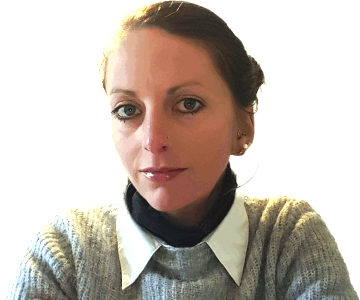search
date/time
 | Lancashire Times Weekend Edition |

Caroline Spalding
Features Correspondent
2:59 PM 21st September 2020
arts
Artistry Of Lancashire - Colin Binns

Blackpool evening
Colin's work continues to absorb and reflect the character of places: what is to be found and felt there. He captures these moments in time and place through painting, drawing, photography and poetry. His work can develop initially as an abstract drawing, or perhaps a piece of expressive colour or a collage which can evolve into a collection or montage of pieces. He will absorb the character of a place through several visits: sketching en plein air, making photographs, and collecting random objects on location, which he will then work from in his studio. He will also write poetry in direct response to the emotions and ideas stimulated from his visits, which in turn influences the imagery. Everything supports his motive to convey the mood and atmosphere of a place as he experienced it.
For Colin, the technique to recreate a place’s mood and atmosphere on canvas is through a process of layering. He will often use his location sketches and photography as base layers over which he can paint and draw to create varying depth and translucency in the resulting imagery. Many artists will share an understanding of the conveyed meaning and intention contained in a painting of many layers; in a way it's a sense of what lies beneath the surface, each layer containing a particular energy, or sense of excitement - perhaps for Colin it's a way of distilling the various aspects of a sensory experience in response to a place.

Blackpool afternoon
Colin describes the expressive nature of his work now as a liberation from the profession he previously followed, in architecture. Having attended an academic school, his childhood creativity was put on hold, and instead he pursued a career in architectural design. He always enjoyed the process of design, but this was limiting to making drawings primarily in black and white. Given that he saw buildings as conceived in colour, he always felt this was too much of a compromise.

Coffee at Cuthbert's Cave
Also by Caroline Spalding...
Review: Cold Enough For Snow By Jessica AuReview: Good Intentions By Kasim AliReview: Strangers I Know By Claudia Durastanti, Translated By Elizabeth HarrisWalking For Wellbeing – It Really Does WorkReview: The Love Songs Of W.E.B. Du Bois By Honorée Fanonne JeffersLockdown has enabled Colin to return to a project he had started a while back, "a study and reinterpretation of the character of the North West coastline from the mouth of the Mersey to the edges of Morecambe Bay." It continues his theme of the changing dynamism of landscape in response to the way we inhabit it, both inland and coastline, but also the physical manifestation of human activity and habitation on urban and rural landscapes.

Dance house
Colin says that much of his time in the studio can be a mixture of exploration and meditation before embarking on the process of drawing, collaging and painting. He draws inspiration from the works of Robert Rauschenberg, Cy Twombly and RB Kitaj – all of whom produced work that was layered with imagery, revealing more on every viewing. More recently the Scottish artist, Victoria Crowe has provided inspiration: in her work he sees suggestions of mythical qualities drawn from personal life experiences that twin with his desire to produce work evoking both memory and myth.
Some examples of Colin’s work are available for viewing and purchasing at Signature Gallery, Kendal and Water Street Gallery, Todmorden, and his paintings and drawings for exhibition at the New Schoolhouse Gallery in York next year are currently on his website. A full collection of work available for purchase can be seen on the website http://colinbinns.com/ and potential buyers can contact him on the mobile number provided on the contact page.
More in this series...
Artistry of Lancashire - Michael AshcroftArtistry of Lancashire: Jane RichmondArtistry of Lancashire: Beverley ChapelhowArtistry of Lancashire: Vicky IssottArtistry Of Lancashire: Dermod RuddockArtistry of Lancashire: Paul EdmondsonArtistry of Lancashire: Keith ParkinsonArtistry of Lancashire: Steve RostronArtistry of Lancashire: Ava JolliffeArtistry Of Lancashire: Kevan Thompson - Maple Grove StudioArtistry Of Lancashire: Zak LastArtistry Of Lancashire: Stuart Kenworthy - Sken Art PrintsArtistry Of Lancashire - Chris CyprusArtistry Of Lancashire: Laura Brown - Shed On The FellArtistry Of Lancashire – Michael HowleyArtistry Of Lancashire – Rob MillerArtistry Of Lancashire: Maria ClancyArtistry Of Lancashire: Su Melville ArtArtistry Of Lancashire: Helen Naylor – Pocket WrenArtistry Of Lancashire: Jane Fox At Fired 4U